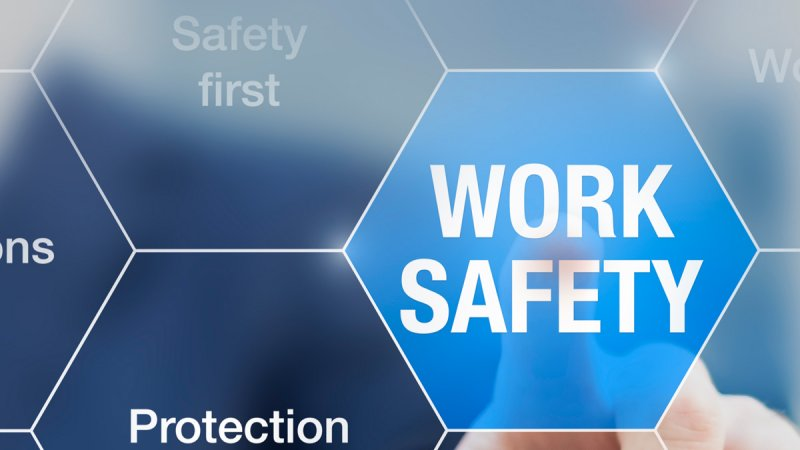Falls, slips and trips cause more workplace accidents than anything else, and can often lead to other types of accident (for example, a trip leading to a fall from height).
In one case, a commis chef slipped in the hotel kitchen he was working in and, as he reached to steady himself, put his arm into a container of hot oil. He suffered serious burns and had to undergo surgery, missing five months of work. His employer had not put suitable safety precautions in place and were fined £14,000 plus costs of £2000. Although it was the hot oil that caused the injuries, the initial cause of the accident was the fall, which the employer had not taken the necessary steps to avoid.
These highly-preventable incidents lead to a very high human cost in terms of broken bones, cuts and bruises, as well as the psychological effects of workplace injuries, the financial issue of being off work sick for long periods of time and the effects on loved ones. Sadly, slips and trips lead to two fatalities, on average, every year.

Slips and Trips can Happen Anywhere
Part of the reason for the widespread nature of falls, slips and trips is that they can occur in any workplace.
Of course, there are many examples of people slipping due to spillages in kitchens and restaurants, where the likelihood of floors being wet is higher. Construction sites are high risk because of the number of potential obstructions, such as building materials. Badly lit places – often outdoor work spaces or warehouses – can also be at a particularly high risk of these kinds of accidents.
However, no workplace can be complacent about its risk level. Office kitchens can be a hotspot for slips. The large number of appliances in the average office can also lead to trailing cables – one of the most common causes of trips.
Complacency can sometimes lead to slips and trips being a neglected topic during workplace training. Companies that take fire safety and manual handling training very seriously, for instance, can sometimes let themselves down on slips and trips, or dismiss the precautions as “just common sense”. Like most safety training, many of the rules relating to slips and trips are indeed common sense, but training is still extremely important; ideas of what constitutes common sense vary from person to person and rules can often be forgotten in the course of daily working, especially if people haven’t received recent refresher training.
Companies of all sizes need to be equally aware of their duties in this area. In March 2017, Tesco was fined over £200,000 after a member of staff slipped at their Three Bridges store because of a water leak. She was off work for several months. This shows that prosecutions can be pursued against any companies, from independent SMEs to large chains.
Taking the Risks Seriously
Unfortunately, there is a tendency to view the likelihood of falls, slips and trips as a less serious threat to employee safety than things like fire safety. The attitude that slips and trips are an inevitable part of life is also still with us. This feeds into the higher number of these kinds of workplace accidents.
It’s vital that these potential hazards are treated with the same degree of seriousness as any other risk to employee health and safety. Though most cause minor injuries, 95% of major slips lead to broken bones and every year sees a small number of fatalities resulting from them in the UK. The costs to both employers and the NHS run into the hundreds of millions. As the leading cause of workplace injuries, slips and trips are not to be taken lightly.
It’s also not only employees who are at risk. In cases where a member of the public is injured in a workplace, around 50% are due to slips and trips. Employers have a duty of care towards the public just as they do towards their own staff and contractors.
The statistics around slips and trips can be quite sobering but it’s important to remember that with the right precautions, nearly all of these accidents can be prevented.


